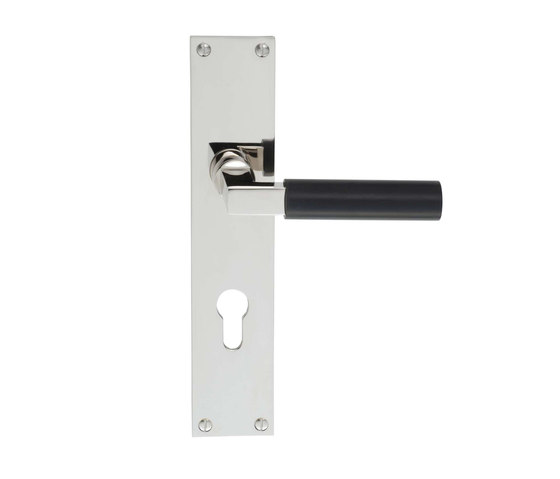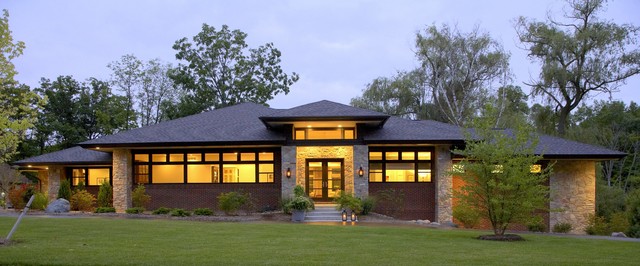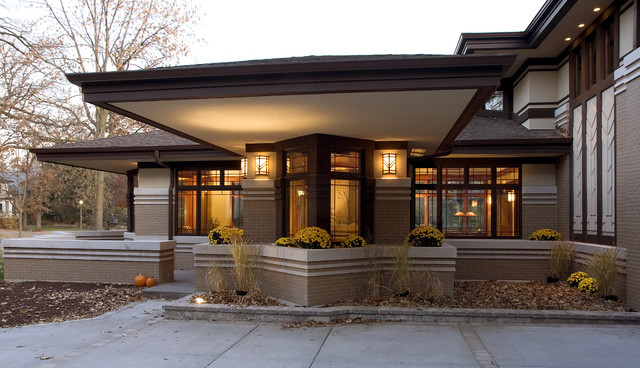Victor Horta House:
https://www.youtube.com/watch?v=SZVli-rlPCI
The Art Nouveau Movement was from 1890-1910. This movement was lead by Belgium and France but became popular throughout Europe. used nature's elements, flowers, birds, vines, insects, as inspiration. This period's designers and painters had an admiration for Japanese art and inspired many paintings.
Characteristics of the movement include the rejection of the Victorian style, based on nature, the use of modern techniques, embracing manufacturing, electric lighting, and curvilinear forms.
Curved lines were dominant, "Whiplash" was the most visible motif. Decorative ornamentation consisted of abstract forms that were inspired by flowers, vines, shells, bird feathers, and insect wings.
Victor Horta was the most influential designer of the period. His designs included unique iron railings and hardware, large glass frames, and an asymmetrical facade.
Henry Van de Velde contributed sculptural and ergonomic furniture design including the armchair.
Hector Guimard was the most significant figure in Paris. He designed residential and street furniture which looked hand crafted but were made in factories.
Antoni Gaudi was a significant designer in Spain who continued using curves and unusual decorative details to create structures that resemble fantasy. He used glass, masony, ceramic tile, and wood seamlessly.
Previous Applications:
Modern Applications:












.JPG)
